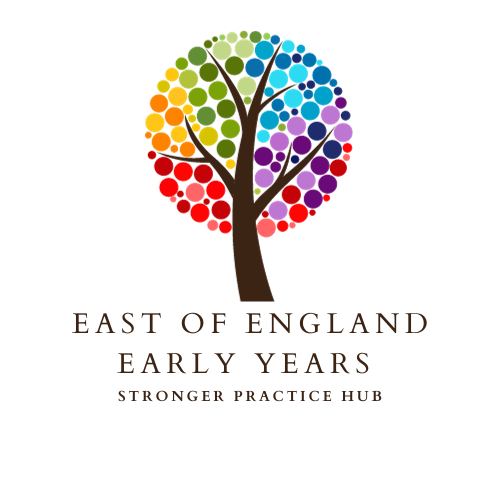Written by Eileen Allpress, Research Lead
Physical development in early childhood is a multifaceted process that research has shown clear links to a child's physical, cognitive, social, and emotional development. The physical ability to write requires great dexterity and muscle control.
What do we need to focus on within provision to enable this?
Within the EEF’s Early Years Evidence Store, there are 2 themes which will be a useful starting place for finding the latest research around this area.
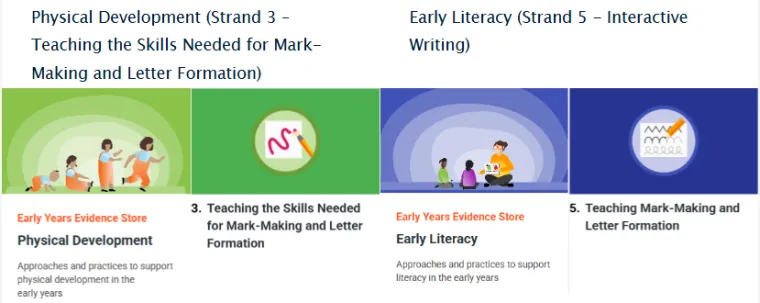
Effective Physical Development approaches are more impactful when children can access a range of different activities with varying difficulty, practitioner led activities and resources, based both inside and outside.
These need to be offered over a period of several months rather than for shorter durations.
This links to the evidence for developing pre-writing and writing skills. Children need opportunities to develop skills through continuous provision. They need regular high-quality intervention with positive engagement to ensure progress. They need to practise daily to improve the muscles needed for writing.
Where to start?
The skills required are often placed into three groups;
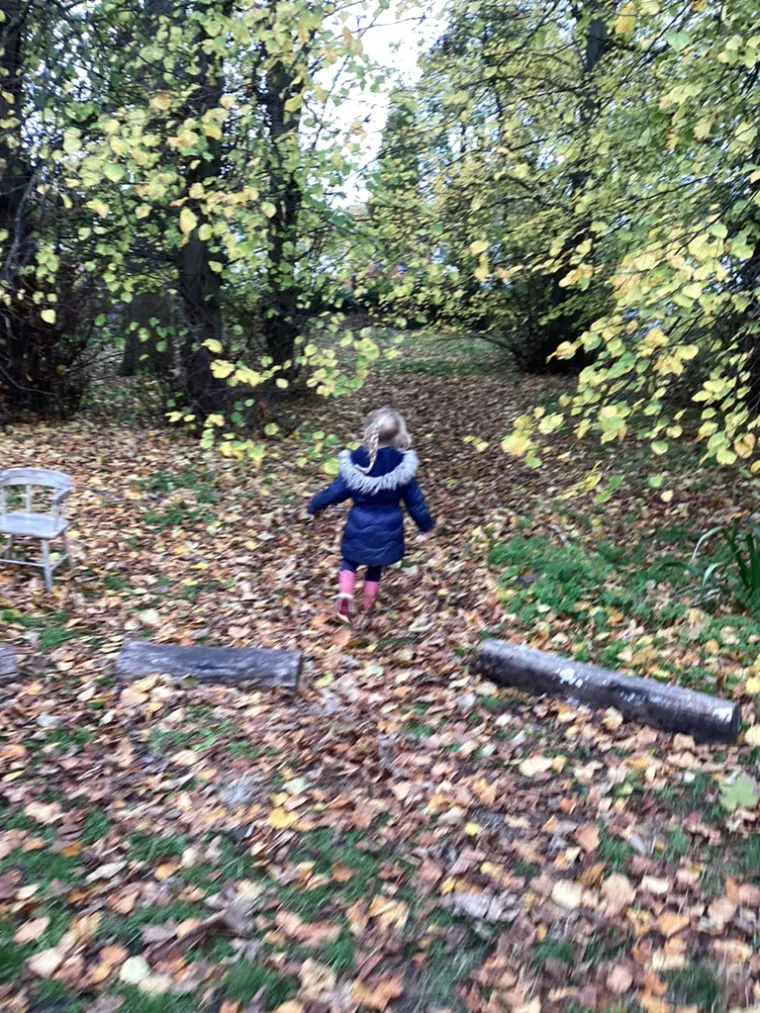
Gross Motor Skills
This involves the use of the whole body and involves movements like crawling, walking and running.
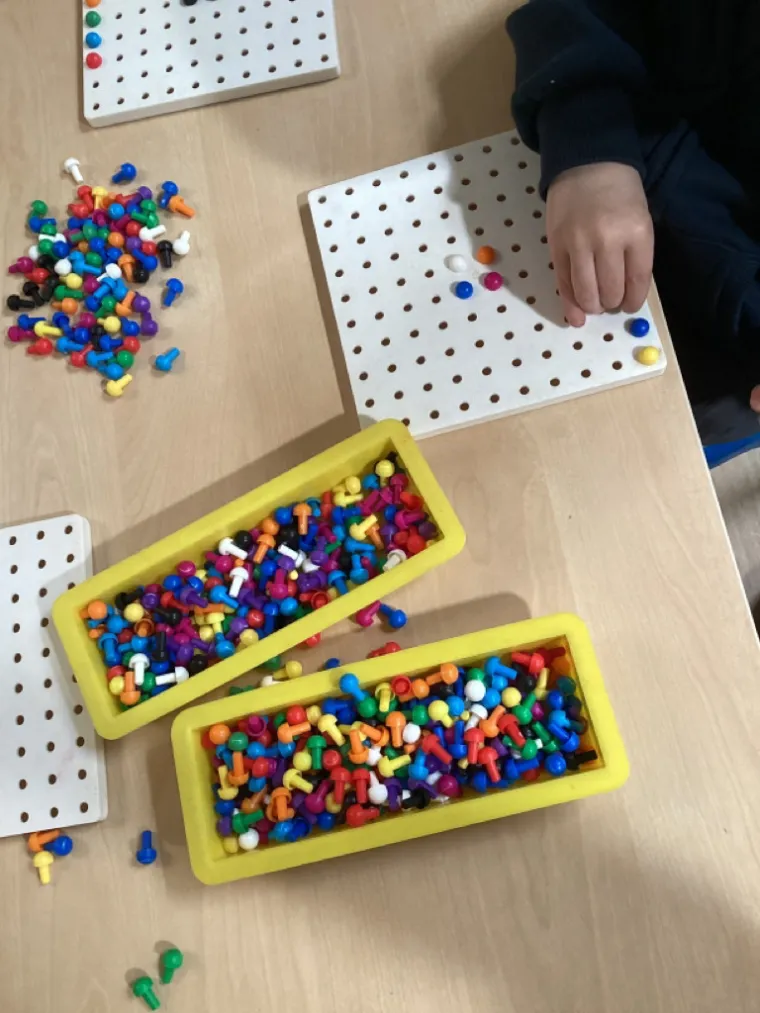
Fine Motor Skills
This involves the control of small muscles in activities like pinching, grasping and handling.
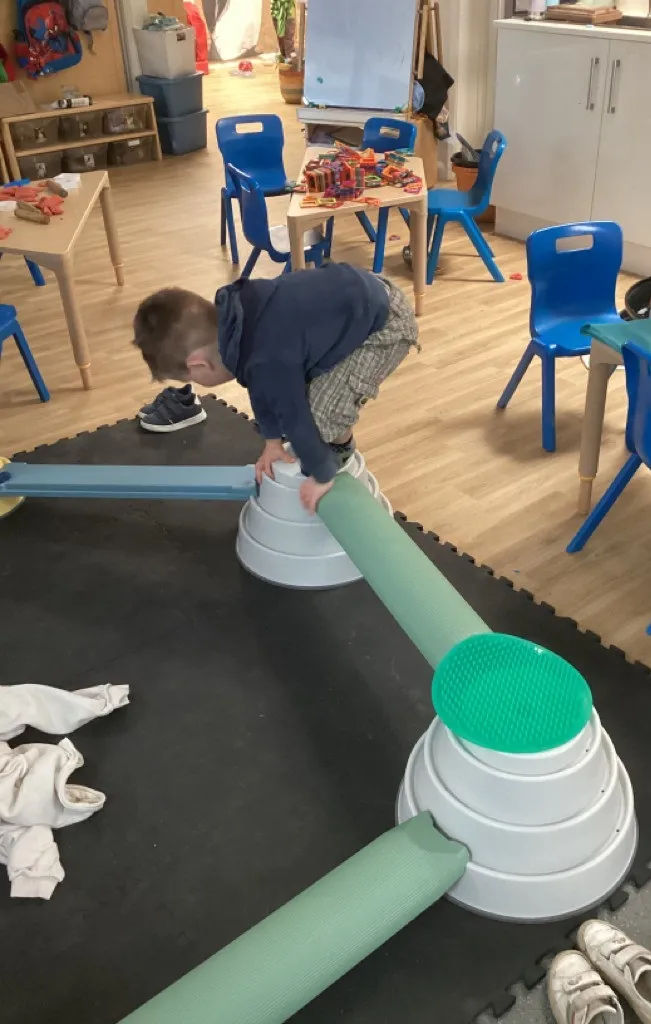
Stability
which is the ability to control and co-ordinate movement using core strength for sitting and balancing.
Also Sensory development which includes spatial and positional awareness.
Does your provision offer a range of activities to meet this identified skill building for developing writers?
How can practitioners support with high quality interactions?
There are a range of different suggested strategies to further support children. The research also identifies these strategies are more effective if the practitioner provides initial modelling and guidance for the child. Also then being able to move the child to the next stage, when appropriate.
Case study of child K
K started nursery aged 3 and had very limited gross or fine motor skills. He also lacked in core stability and was very wobbly on his feet. K found it very difficult to negotiate his way around a busy classroom without stepping on other children or falling over. His key person began building a relationship with K and his mum, to find out if mum shared her concerns. Mum was unaware of the difficulties K was facing, but as his key person began pointing out what her concerns were, mum could also see.
K’s key person started building gross and fine motor activities into K’s day, including, using a trowel to dig in the garden, using the indoor climbing frame to climb stairs, with increasing confidence and activities such as using tweezers to harvest sunflower seeds from the head of a dried sunflower.
As his confidence grew, K began to climb up the slide and use the rope to swing over and hold his body weight off the ground. He also began to use the trikes to cycle in a figure of eight around the garden. This ensured he was building muscles on both sides of his body. His key person also built in activities that involved K crossing the mid line, including commando crawling across the floor of the nursery. You can find more information about crossing the mid line here: Crossing the Midline: Essential for Child Development – Herts Beds Occupational Therapy
The suggested strategies include:
Prepare- Providing a range of activities to develop fine and gross motor skills.
Modelling- The practitioner models how to make marks in different contexts. e.g. using the sand tray and tuff tray to model marks, or large paintbrushes and water out in the garden.
Narrating/ Commenting- The practitioner provides a commentary to talk the child through mark making e.g. I can see you have made a big line.
Demonstrating- The practitioner demonstrates how to use different tools and resources in various ways. This can encourage children to experiment rather than stay with the ‘play safe’ activities.
Using memory prompts- The practitioner leaves examples or ideas to help support children to write a particular shape or letter. This will support children with more confidence in mark making, who are making phoneme and grapheme links.
Repetition- The practitioner provides opportunities to repeat and practice a particular movement, once the child is confident to independently attempt the activity.
As our society becomes more reliant on screens and children are coming into settings with less experience of the physical aspects of writing, it would seem even more important that practitioners are confident in supporting children in gaining writing skills.
There is further information available in the Early Years Evidence Store.
https://educationendowmentfoundation.org.uk/early-years/evidence-store
Early Years - Early Writing Pathway
Any questions linked to this blog or further information please contact the East of England Early Years Stronger Practice Hub.
